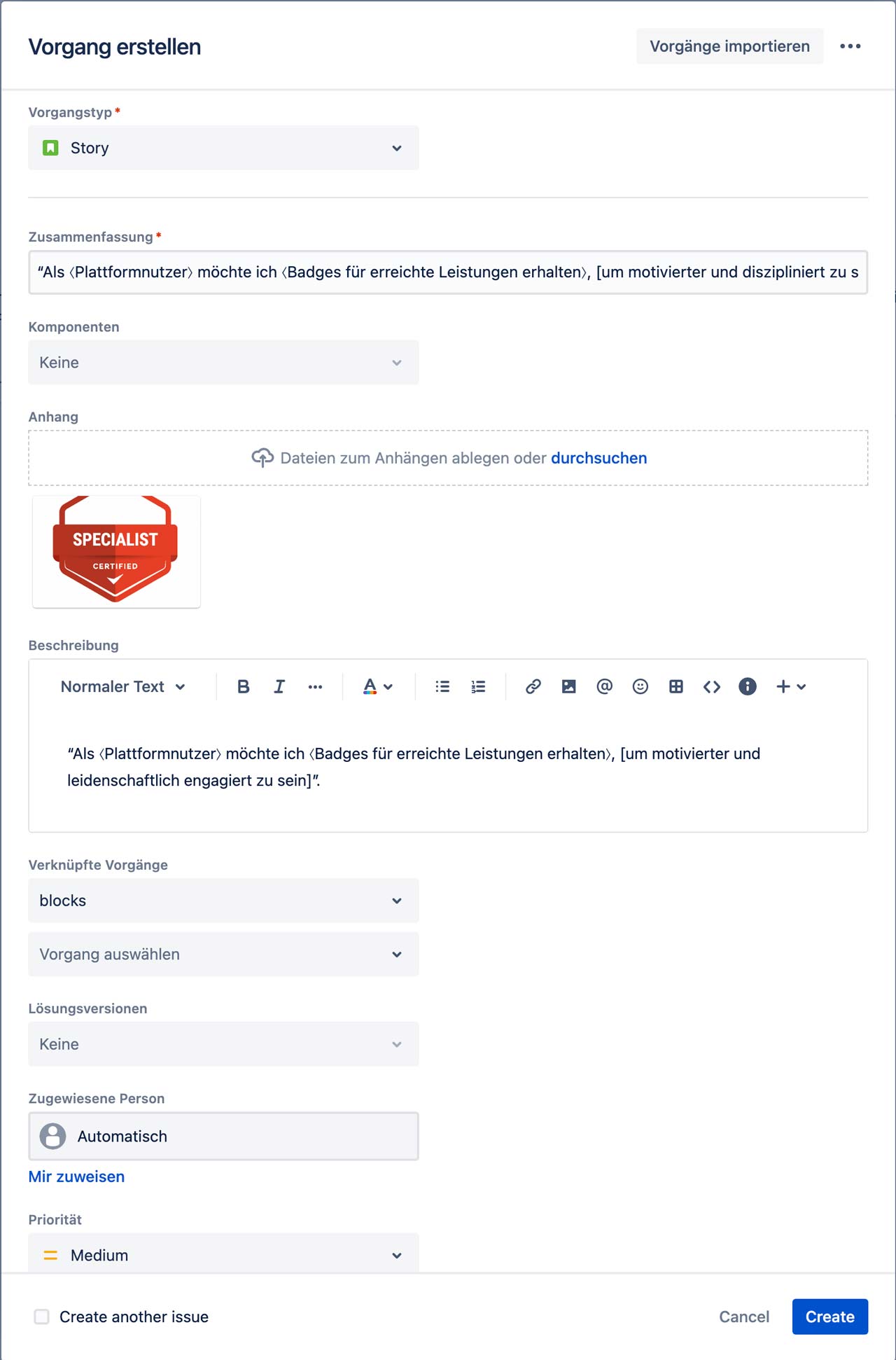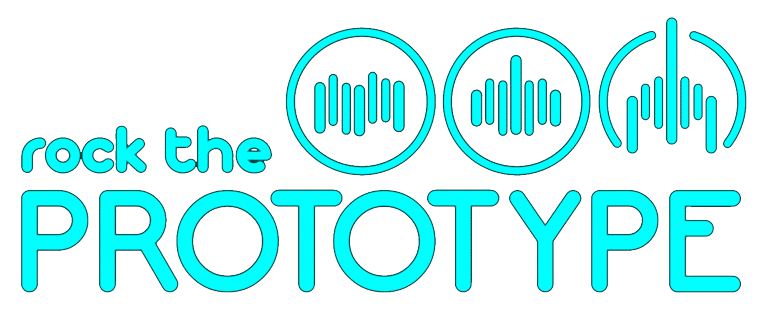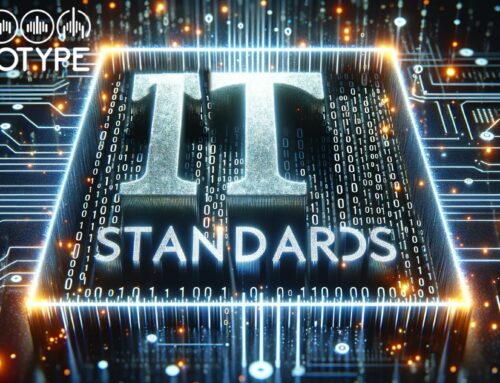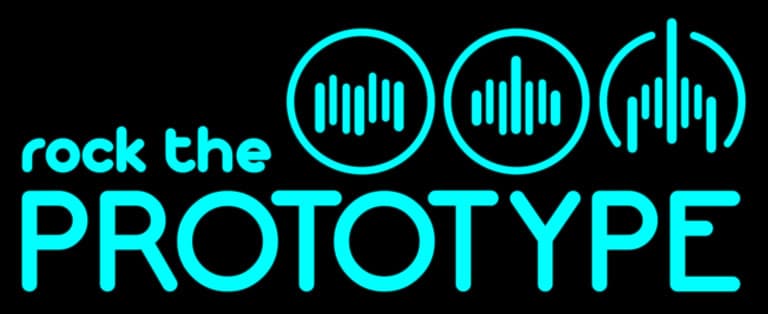Requirements are the starting point and at the same time the quality criteria of every software development. That is why we are devoting today’s article to the validation of requirements in software development. In just 7 steps you will be in the topic of requirements validation for software!
I. Right from the start: How we successfully validate requirements in software development!
We will become aware of the importance and invaluable benefits of requirements validation and look at the challenges of creating requirements and the steps involved in validating requirements.
We will also look at methods and techniques for validating requirements and best practices for successfully validating requirements.
So, here we go!
Before we look at the validation of requirements, it is important to define the terms“validate” and“validation” in the context of requirements.
Validation means ensuring that something meets the specified requirements and fulfills its intended purpose. Validation is the process of ensuring that a software product or digital service meets the specified requirements and fulfills its intended purpose.
In software development, validation refers to the process of ensuring that our requirements for the software are correct and that the software fulfills its intended purpose.
Requirements validation is an extremely important process in software development to ensure that our requirements for the software are already correct and that the software fulfills its intended purpose.
Effectively reduce risks and errors in software development in advance
Successful validation of requirements helps to reduce risks and errors in software development and increase customer satisfaction.
II. Why validate requirements?
Creating requirements can be a challenge, especially when it comes to taking all stakeholder needs and expectations into account.
Non-validated requirements often lead to costly risks
Non-validated requirements can lead to risks, such as costly error corrections or dissatisfied customers. Validating requirements helps to reduce these risks and offers a range of benefits, such as improving software quality, increasing user satisfaction and reducing costs.
III Steps for the validation of requirements
In order to validate requirements successfully, various steps must be carried out. First, the requirements must be analyzed and documented. We should then directly define validation criteria to ensure that the requirements are correct and complete. After planning and executing the validation, the result should be reviewed and feedback loops built in to ensure that the requirements fulfill the intended purpose.
IV. Methods and techniques for validating requirements
There are various methods and techniques for validating requirements. One option is a stakeholder review, where feedback is gathered from users, customers and other stakeholders.
Prototyping, simulation and mockups
Another approach is the use of
prototyping
and simulation to ensure that the requirements have been correctly understood and implemented. For example, mock-ups, wireframes or interaction models can be used to give all stakeholders a visual impression of our software product or digital service.
digital service
to all stakeholders.
Tests and verification
Another important method for validating requirements is the use of tests and verification. The requirements are checked for fulfillment using test cases. Different types of tests can be used, such as functional tests, integration tests or acceptance tests.
Acceptance criteria – far too often forgotten and yet indispensable!
Acceptance criteria are considered the most proven technique for validating requirements.
They serve to ensure that a requirement is described completely and unambiguously and can be used directly as criteria for checking the fulfillment of the requirement!
By defining clear and precise acceptance criteria, we ensure that the requirements are understandable and achievable and that the stakeholders share the expectations of the end product.
How do acceptance criteria for validating requirements work in software development?
Acceptance criteria are specific conditions or requirements that must be met for a user story or requirement to be considered completed and accepted. They serve as objective criteria to ensure that the finished product or service meets the customer’s needs and expectations.
It is important that acceptance criteria are defined clearly and precisely in order to avoid misunderstandings and room for interpretation. They should be measurable and verifiable to ensure that the requirement has been successfully met.
An example of an acceptance criterion could be:
“The page must load within 3 seconds to ensure a positive user experience.”
However, this example is not a good example of a well-defined acceptance criterion, but it serves us well to learn how to improve acceptance criteria effectively:
“On a smartphone, the page must load within a maximum of 3 seconds to ensure a positive user experience for users with mobile devices.”
User story format from Cohn
Mike Cohn’s user story format is a popular method for documenting requirements based on the customer’s needs. It includes a description of the requirement from the customer’s point of view, the benefits of the requirement and the acceptance criteria.
User stories are short, concise descriptions of a requirement from the user’s perspective. They are an effective method for documenting requirements and help to create a common understanding between developers, customers and other stakeholders. Mike Cohn’s format for user stories comprises three elements:
- Role: The role of the user making the request (e.g. “as customer”)
- Activity: The activity that the user wants to perform (e.g. “would like to order a product”)
- Benefit: The benefit or goal that the user wants to achieve (e.g. “to save time and get the desired product quickly”)
Cohn’s format for user stories is:
“As I would like to <Goal/desire>, so <Reason/benefit>.”
By using this format, requirements can be communicated clearly and comprehensibly, which in turn helps to avoid misunderstandings and facilitate the validation of requirements.
User story in Cohn’s format with the role: Registered user
As I would like to, so that .
Acceptance criteria
- Users can access and edit their profile information
- User can change their name, profile picture, biography, website link and location
- Users can customize their settings for notifications, visibility and privacy
- Changes to the profile information are updated immediately
- User receives a confirmation that the profile information has been successfully updated
Create user stories in Jira

Software development: Creating user stories in Jira
Another example of a user story in Mike Cohn’s format could be as follows: “As a customer, I want to add a product to my shopping cart to save time and get the product I want quickly.”
Acceptance criteria for this user story could be
- The product is successfully added to the shopping cart.
- The total amount in the shopping cart is updated automatically.
- The customer can change the quantity of the product in the shopping cart or remove the product from the shopping cart.
- When the customer completes the order, the shopping cart is emptied.
By using Mike Cohn’s format for user stories and defining acceptance criteria, requirements can be formulated more clearly and comprehensibly. This leads to flawlessly defined acceptance criteria and automatically results in higher customer satisfaction and more effective implementation of requirements by the development team.
V. Our ultimate guide to validating requirements
for the procedure :
- Start with an easy-to-understand introduction in which you explain what requirements validation is and why it is important.
- Explain the challenges of creating requirements and the risks of non-validated requirements.
- Describe the steps involved in validating requirements, including requirements analysis, defining validation criteria and carrying out the validation process.
- Step 1: Formulate user stories in Mike Cohn’s format
- Define the role to which the requirements apply, e.g. user, administrator, customer, etc.
- Describe the goal that the user wants to achieve
- Use the format “As [Rolle] I would like [Ziel], so that [Begründung]”
Step 2: Formulate acceptance criteria for the user stories
- Clearly define which criteria must be met for the requirements to be fulfilled
- Use the format “User must be able to set that [Kriterium]”
- Add all necessary criteria to fully describe the requirements
Step 3: Validate the requirements by checking the acceptance criteria and ensuring that all requirements are met.
- Explain the different methods and techniques you will use to validate requirements, such as stakeholder review, prototyping and simulation, as well as testing and verification.
- Present your best practices for validating requirements, e.g. stakeholder and expert involvement, documentation and tracking, and adapting and improving validation processes.
- Summarize the most important points in a software architecture documentation, update it continuously and provide an outlook on future optimizations for your validation of requirements.
VI Best practices for the validation of requirements
To ensure successful validation of requirements, there are some proven best practices that you should definitely follow.
This includes, for example, involving stakeholders and experts as early as the requirements analysis and documentation phase to ensure that the requirements have been fully recorded and understood. It is also important that you document and track the validation processes. This is the only way we can keep track of which steps have already been carried out and which are still outstanding.
In addition, regular feedback should be obtained from stakeholders and the validation process should be adapted and improved on this basis. The use of standardized methods and techniques also helps measurably to make the validation of requirements more effective and efficient.
VII Conclusion
Validating requirements is an essential step in software development to ensure that the developed software or digital services meet the expectations and needs of users and customers.
There are various methods and techniques for validation, such as review by stakeholders, prototyping of software and simulation or automated or semi-automated tests and verification. By involving stakeholders and experts, documenting and tracking the validation processes and adapting and improving these processes, we can achieve successful validations and create perfect software!
Über den Autor:

Sascha Block
Ich bin Sascha Block – IT-Architekt in Hamburg und der Initiator von Rock the Prototype. Ich möchte Prototyping erlernbar und erfahrbar machen. Mit der Motivation Ideen prototypisch zu verwirklichen und Wissen rund um Software-Prototyping, Softwarearchitektur und Programmierung zu teilen, habe ich das Format und die Open-Source Initiative Rock the Prototype geschaffen.







